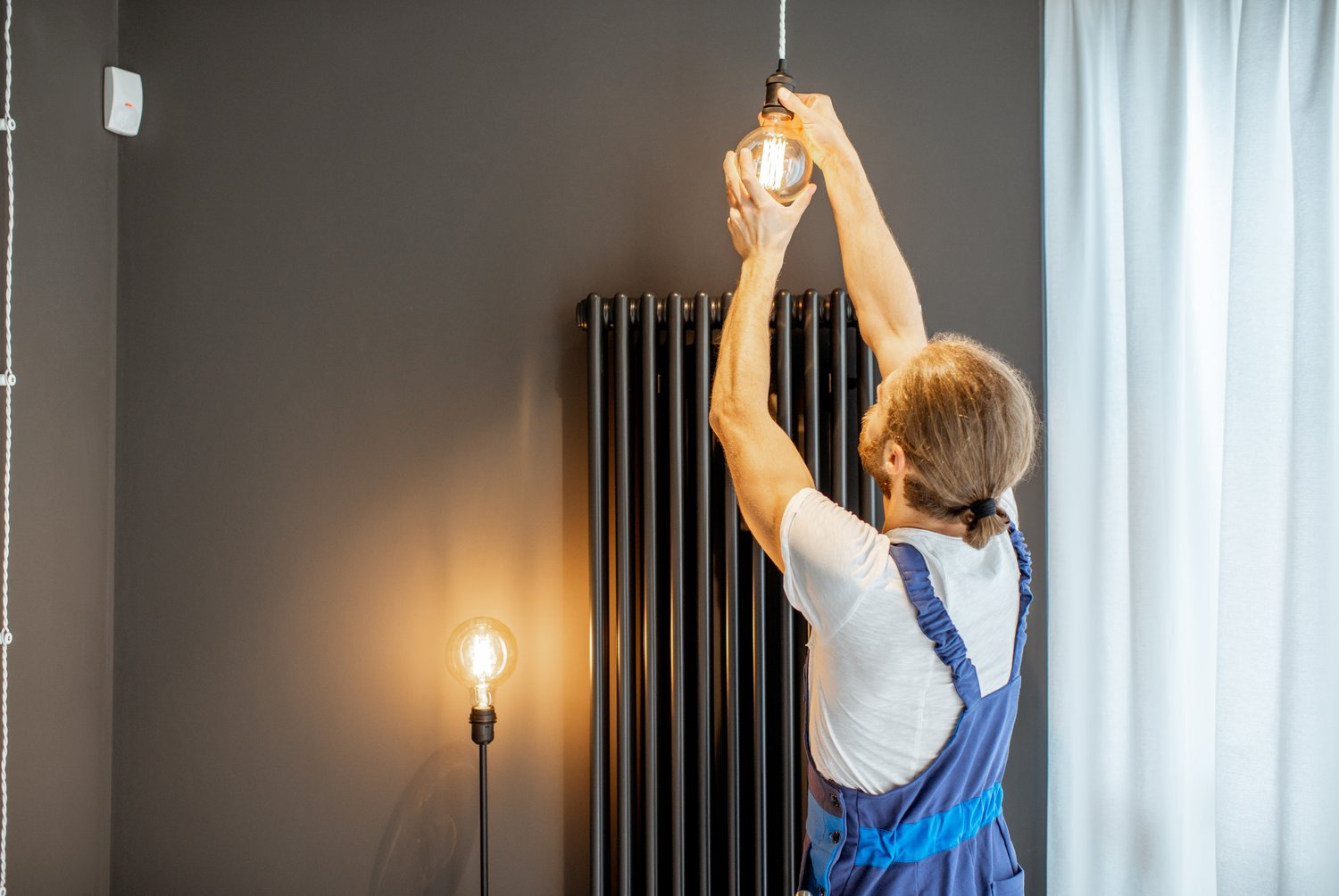Home renovation projects bring excitement and the promise of a refreshed living space, but they can be stressful and potentially dangerous for your furry family members. Pets don’t understand the temporary chaos of construction, and they may be exposed to harmful materials, loud noises, and unfamiliar people entering their territory. This article provides essential guidance on maintaining pets renovation safety, creating a secure environment for your animals, and implementing strategies for keeping pets calm during remodeling work.
Understanding How Renovations Affect Your Pets
Pets are creatures of habit who thrive on routine and familiar surroundings. A renovation project disrupts both, potentially causing anxiety, stress, and behavioral changes in your furry companions. Dogs may become more vocal or exhibit destructive behaviors, while cats might hide for extended periods or display litter box avoidance. Even smaller pets like birds, rabbits, or hamsters can become distressed by the noise and activity.
The sensory experience of a renovation is overwhelming for pets, whose hearing and smell are significantly more sensitive than humans’. The constant hammering, drilling, and sawing creates noise pollution that can be genuinely frightening. Additionally, the strong odors from paint, varnish, adhesives, and other construction materials can irritate their respiratory systems and cause discomfort.
Understanding these impacts is the first step in creating an effective construction pet safety plan that addresses both physical hazards and emotional stressors.
Creating a Safe Haven
Establishing a dedicated safe space for your pet is crucial during renovation work. Ideally, this should be in a quiet part of your home far from the construction zone. Ensure this area contains all your pet’s essentials: food, water, comfortable bedding, litter boxes for cats, and favorite toys or comfort items.
For maximum pets renovation safety, consider soundproofing measures for this space. Heavy blankets hung on walls, white noise machines, or soft music can help muffle construction sounds. If possible, maintain your pet’s regular feeding and exercise schedule in this designated area to provide a sense of normalcy amid the chaos.
Some pets may benefit from anxiety-reducing products like pheromone diffusers, calming treats, or compression garments designed to reduce stress. Consult with your veterinarian before using any new products to ensure they’re appropriate for your specific pet.
Managing Hazardous Materials and Tools
Construction zones contain numerous hazards that curious pets might encounter. Tools like nails, screws, staples, and glass fragments can cause serious injuries if stepped on or ingested. Paint, solvents, cleaning products, and adhesives contain toxic chemicals that can harm pets through ingestion, inhalation, or skin contact.
Proper construction pet safety requires establishing strict boundaries between pets and work areas. Use baby gates, closed doors, or temporary walls to create physical barriers. When work is finished for the day, thoroughly clean the area to remove small objects and debris before allowing pets back into the space. Store all tools and materials in secure containers that pets cannot access.
According to safety experts at AskHomey, proper ventilation is essential when using paints, stains, or other products with strong fumes. Consider using pet-friendly, low-VOC alternatives when possible, and allow ample drying time before reintroducing pets to freshly painted or treated areas.
Communicating with Contractors
Clear communication with your renovation team about your pets is essential for everyone’s safety and comfort. Inform all contractors about your pets’ presence, any specific behaviors to be aware of, and the importance of keeping certain doors closed or gates secured.
Establish ground rules about not leaving hazardous materials unattended and ensuring that work areas are properly secured at the end of each day. Some contractors may have experience with keeping pets calm during remodeling and might offer valuable suggestions based on previous projects.
Consider posting pet safety reminders near entrances to help workers remember protocols, particularly if different subcontractors will be rotating through your project.
Temporary Relocation Options
For extensive renovations or particularly sensitive pets, temporary relocation might be the kindest option. Consider boarding facilities, pet-friendly hotels, or staying with friends or family who can accommodate your pets. While this adds expense to your renovation budget, it eliminates exposure to construction hazards and stress.
If full relocation isn’t feasible, consider day boarding during the most disruptive phases of construction. Many doggy daycares and some cat boarding facilities offer daily rates that could provide a welcome respite during heavy demolition or particularly noisy installation work.
Post-Renovation Adjustment
Once construction is complete, your pets may need time to adjust to their modified environment. Introduce them to renovated spaces gradually, allowing them to explore at their own pace while supervising for any signs of stress or unsafe behavior.
Deep clean all areas before reintroducing pets to remove construction dust and chemical residue. Replace air filters to improve indoor air quality, which benefits both human and animal family members after a renovation project.
Watch for any unusual behaviors in the weeks following completion that might indicate ongoing stress or health concerns related to the renovation. If problems persist, consult with your veterinarian for additional support strategies.
For more tips and to connect with reliable home service professionals, follow AskHomey on Facebook and Instagram.



